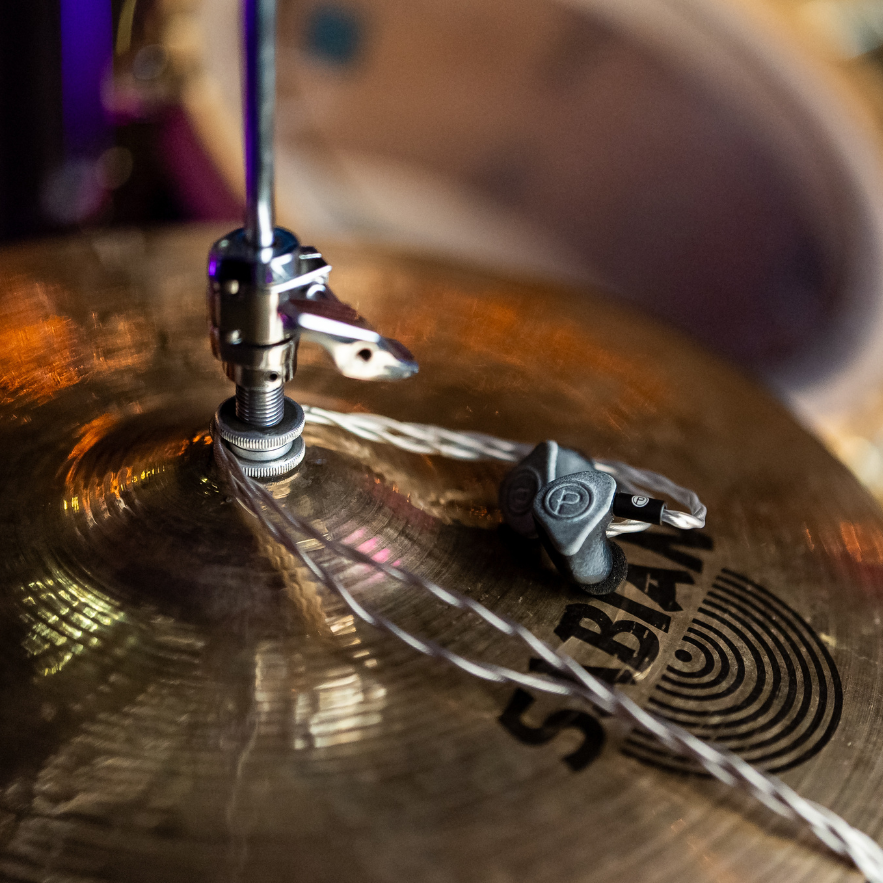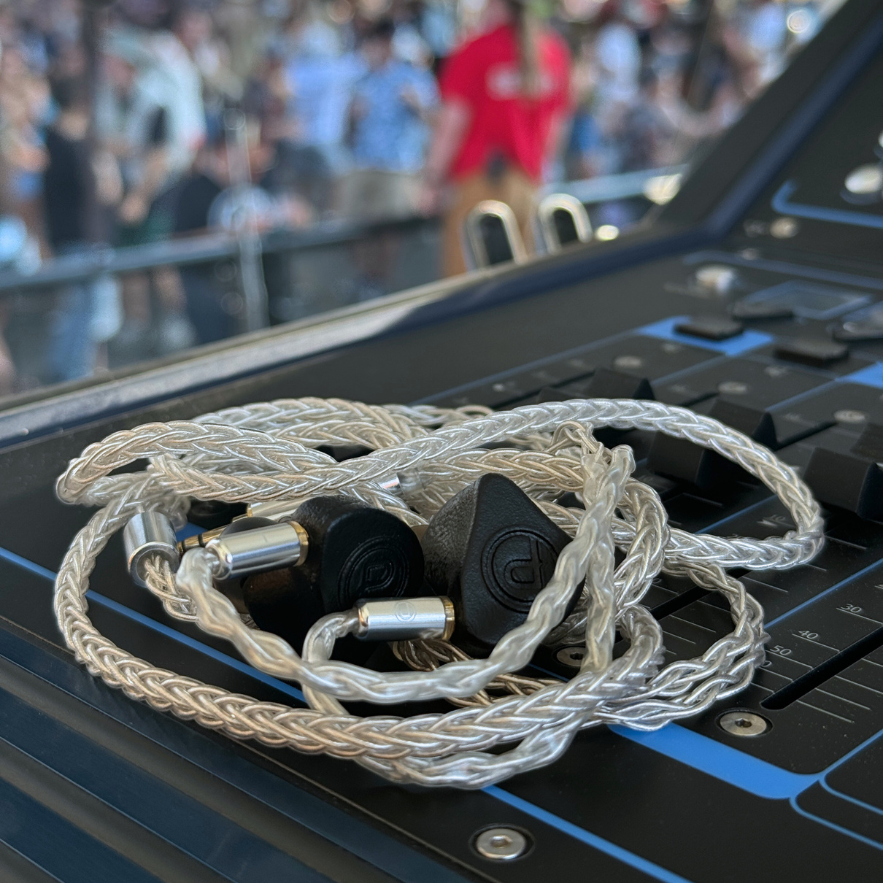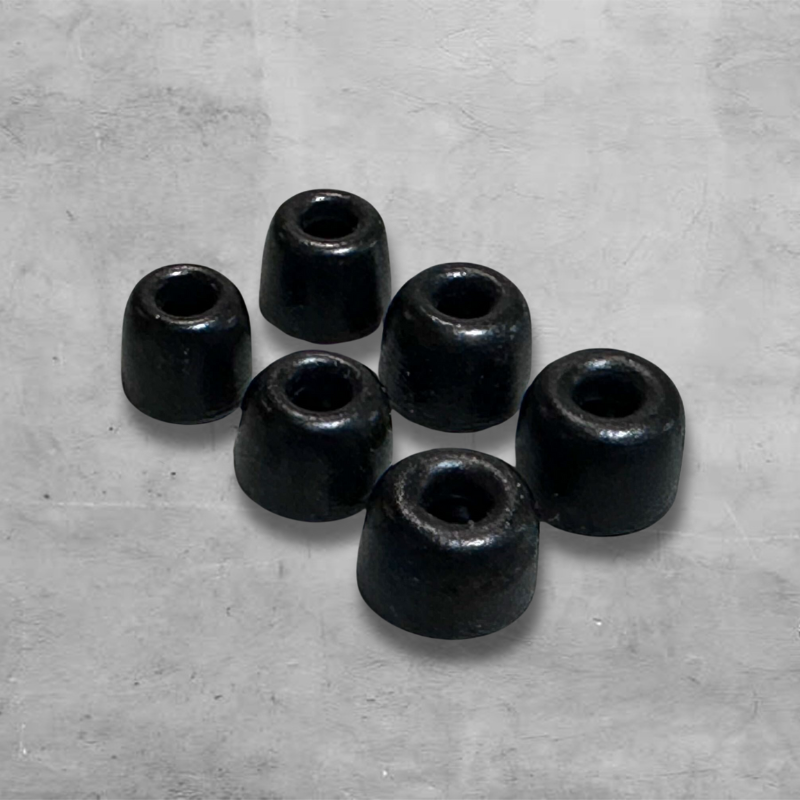In-ear monitors (IEMs) are a vital tool for musicians, offering unparalleled sound quality, noise isolation, and the ability to hear personal mixes clearly during performances. However, this is only possible when you get the fit just right—only then can your IEMs truly shine! The fit directly impacts sound performance, comfort, and even hearing health, making it the #1 most important thing when getting a new pair of IEMs. With the right approach, achieving that perfect fit is simple, ensuring you get the most out of your IEMs every time you perform. Let’s dive into how you can get it right from the start!
Understanding the Importance of Proper Fit
Why Fit Matters: A proper fit is crucial for IEMs to function effectively. If the IEMs don’t fit well, they can’t provide adequate noise isolation or deliver the full spectrum of sound. Poorly fitting IEMs can also be uncomfortable and may fall out during performances, causing distraction and frustration.
Common Fit Issues:
- Inaccurate Custom Impressions: Although custom IEMs are often seen as the gold standard for musicians, they often suffer from a poor fit, leading to discomfort and compromised sound quality. We won’t dive into all the things that can go wrong here—that’s a whole other blog post!
- Wrong Size Ear Tips: Many musicians use the default ear tips that come with the IEMs without considering if they are the right size for their ears. This can lead to a loose fit or excessive pressure.
- Improper Insertion: Even with the right ear tips, incorrect insertion can prevent a good seal. This can cause sound leakage and reduce the effectiveness of the IEMs.
Solution:
- Use Universal IEMs: Universal IEMs adapt as you do—with a quick switch of the ear tip, they can perfectly match your changing needs. Whether you need a better seal, more comfort, or different sound isolation, swapping tips makes it easy to customize the fit and sound to suit any situation. Shop our Unity IEMs for a perfect fit, every time.
- Try Different Ear Tips: Experiment with different sizes and materials (silicone, foam, etc.) to find the best fit. It’s not uncommon to need different-sized tips for each ear, so don’t hesitate to mix and match until you find the perfect combination for both comfort and sound. We offer both silicone and foam tips in multiple sizes online, so you can easily find the perfect fit for your IEMs!
- Learn Proper Insertion Techniques: Spend some time learning how to insert IEMs correctly. This often involves gently pulling back on the ear to open the ear canal and inserting the IEM at an angle. For detailed instructions, check out our YouTube channel, where we have videos on how to get the best fit and maximize your IEM experience.
Education
Many first-time IEM users don't fully understand how to use and care for their monitors. This is an ongoing process, as techniques, products, and technology continue to evolve. To stay in the know and avoid issues, users can keep up with the latest through:
- Research and Training: Take the time to educate yourself on IEMs. This can include watching tutorial videos, asking your music tech or contacting us here at Plunge Audio with your questions.
- Regular Maintenance: Clean your IEMs regularly and check for wear and tear. Proper maintenance extends the life of your equipment and ensures consistent performance.
Conclusion
The number one thing to get right with your first set of IEMs is proper fit. By focusing on fit and educating yourself, you can maximize the benefits of IEMs and enhance your performance. Investing time and effort into these aspects will pay off in terms of comfort, sound quality, and hearing protection.
For more tips on getting the best out of your IEMs, visit our YouTube channel and to elevate your audio experience today, shop Unity IEMs.



